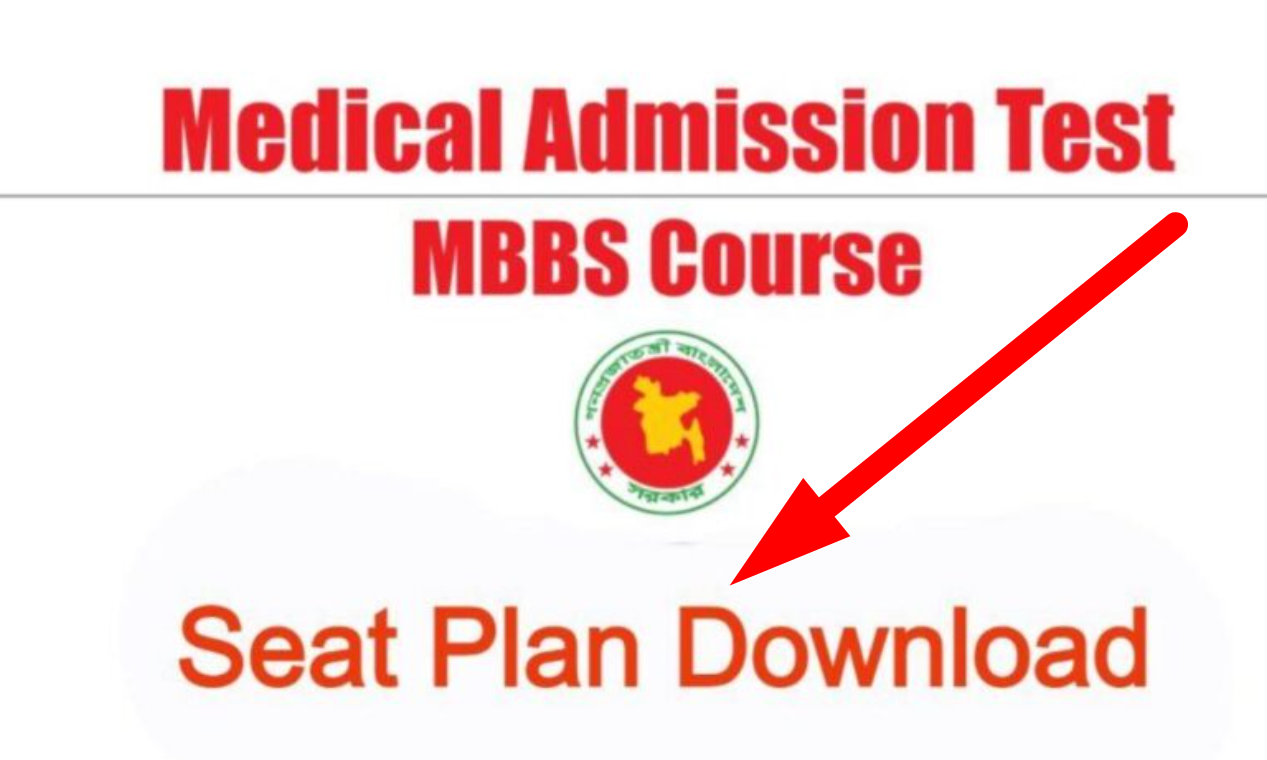Medical Admission Seat Plan 2025

The journey to becoming a doctor begins with one of the most critical steps: gaining admission to a medical school. For prospective students in 2025, understanding the medical admission seat plan is essential for strategic preparation and success. This article breaks down the details of the Medical Admission Seat Plan 2025, highlighting key elements, important dates, and tips to increase your chances of securing a coveted spot.
Understanding the Medical Admission Process
The medical admission process is designed to select the most qualified candidates from a large pool of applicants. It involves several stages, including the release of the admission circular, application submission, entrance examination, seat allocation, and final admission.
1. Admission Circular
The process begins with the publication of the admission circular by the Directorate General of Health Services (DGHS). This document outlines eligibility criteria, important dates, exam syllabus, and other essential details. For 2025, the circular is expected to be released in January, giving candidates ample time to prepare for the entrance examination.
2. Application Submission
Eligible candidates must submit their applications online within the specified timeframe. The application form requires personal details, academic records, and the selection of preferred medical colleges. Ensure that all information provided is accurate, as discrepancies can lead to disqualification.
3. Entrance Examination
The medical admission test is the most crucial component of the process. It assesses candidates’ knowledge in subjects such as Biology, Chemistry, Physics, and English. Typically held in March, the exam consists of multiple-choice questions (MCQs) and is highly competitive. To excel, thorough preparation and familiarity with the syllabus are imperative.
Seat Allocation Process
The seat allocation process is a critical stage where candidates’ performance in the entrance examination determines their eligibility for specific medical colleges. Here’s a detailed look at how it works:
1. Total Seats Available
For 2025, the total number of seats in government and private medical colleges is expected to be approximately 15,000. Of these, around 4,500 seats are available in government colleges, while the remaining are offered by private institutions. The exact number may vary based on the addition of new colleges or changes in seat distribution.
2. Merit List and Quotas
After the exam results are published, a merit list is created based on candidates’ scores. In addition to general merit, seats are allocated under specific quotas, such as:
- District Quota: Reserved for candidates from underprivileged or remote districts.
- Freedom Fighter Quota: For descendants of freedom fighters.
- Tribal Quota: Allocated for indigenous communities.
- Disabled Quota: For physically challenged candidates.
It is crucial to indicate your eligibility for any quota during the application process and provide the necessary documentation.
3. College Preference
During the application phase, candidates rank their preferred medical colleges. Seat allocation is then conducted based on merit and preference, ensuring that top-performing students secure spots in their desired institutions.
Key Dates for Medical Admission 2025
While exact dates are subject to official announcements, here’s a tentative timeline for the Medical Admission 2025 process:
- January 2025: Publication of admission circular
- February 2025: Online application submission
- March 2025: Medical admission test
- April 2025: Publication of results and merit list
- May 2025: Seat allocation and admission process
Candidates are advised to regularly check the official DGHS website and trusted news sources for updates to avoid missing any deadlines.
Tips for Aspiring Medical Students
Securing a seat in a medical college requires a combination of hard work, strategic planning, and focus. Here are some tips to help you succeed:
1. Start Early Preparation
The earlier you begin your preparation, the better your chances of mastering the syllabus. Focus on strengthening your concepts in Biology, Chemistry, Physics, and English, as these subjects carry the highest weightage in the exam.
2. Practice Regularly
Take mock tests and solve previous years’ question papers to familiarize yourself with the exam pattern and improve your time management skills. Analyze your performance after each test to identify and address weak areas.
3. Stay Updated
Keep track of important announcements related to the admission process. Subscribe to newsletters, join study groups, and follow relevant social media pages for timely updates.
4. Seek Guidance
If possible, enroll in coaching classes or seek mentorship from successful candidates. Their insights and advice can provide valuable direction for your preparation.
5. Stay Healthy and Positive
The admission process can be stressful, but maintaining good physical and mental health is crucial. Take regular breaks, eat a balanced diet, and practice relaxation techniques to stay focused and motivated.
The Role of Private Medical Colleges
While government medical colleges are the top choice for many students due to lower tuition fees and quality education, private institutions also play a significant role in meeting the demand for medical education. Candidates who do not secure seats in government colleges can consider private options, keeping in mind the higher costs involved.
The Medical Admission Seat Plan 2025 is a gateway for aspiring doctors to embark on their professional journeys. By understanding the process, preparing strategically, and staying informed, candidates can maximize their chances of success. Remember, persistence and determination are key to overcoming challenges and achieving your dream of becoming a doctor. Best of luck to all the aspiring medical students for 2025!





